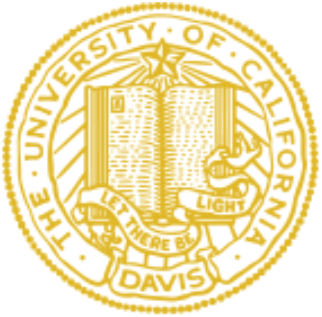Towards an Objective Measure of Trademark Fame
Identifying whether a trademark is “famous” (a necessary condition for dilution protection) is historically a difficult question for courts. It is a haphazard procedure, driven mostly by the intuition of judges and imprecise proxies like “how much a company spent on advertising.” There is presently no clear empirical method to determine whether a trademark is famous. That lack of clarity creates unpredictability and unfairness in legal proceedings.
This Article is the first to provide a uniform, empirically based measure of trademark fame situated in neuroscience and branding theory. Our interdisciplinary approach utilizes an existing method commonly employed in marketing research and imports it into the legal realm. Importantly, we root our approach in consumer perceptions, rather than the company-based proxies that courts routinely use.
We first define fame as a function of how quickly consumers identify a trademark as being associated with its particular product (e.g., Budweiser and beer). We then show that this recognition speed can be empirically measured using a technique called the product/recall method. Through this, trademark fame can be objectively quantified.
Using three large-scale experimental studies, we show how this method is a better, more predictable measure of fame that should be adopted in trademark litigation. Through this evaluation, we draw attention to previous court decisions that incorrectly analyzed trademark fame because they did not employ the method we propose.
